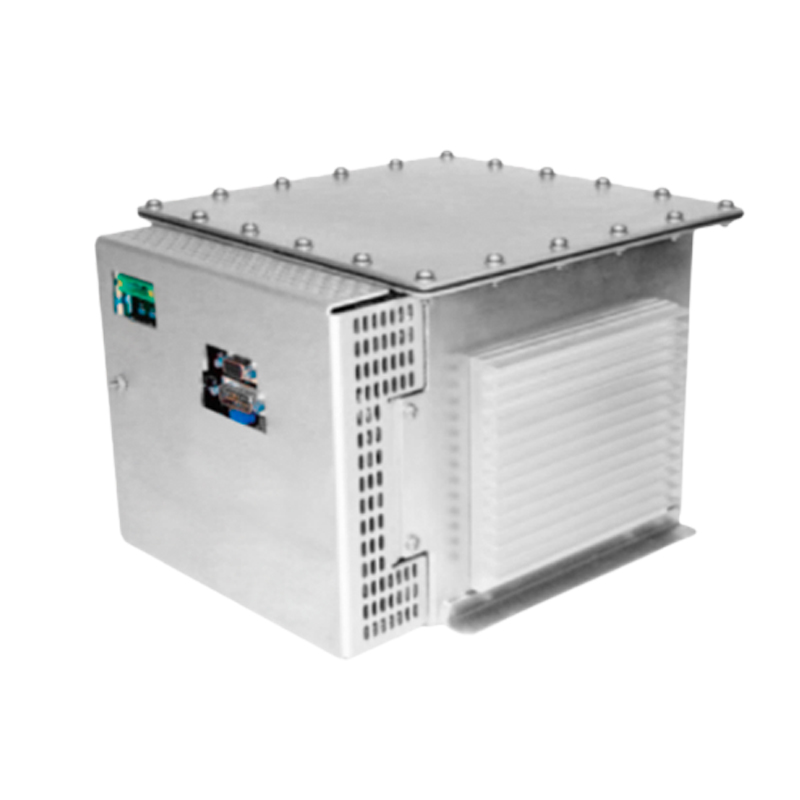Research on the Application of High-Voltage Generators in Gas Discharge Tubes
I. Introduction
Gas discharge tubes, as important overvoltage protection components, are widely used in numerous fields such as electronic equipment, communication systems, and power systems. High-voltage generators, which are crucial devices for providing the required high voltages to gas discharge tubes, have a vital impact on the normal operation and protection effectiveness of gas discharge tubes in terms of their performance and application methods. This paper aims to conduct an in-depth exploration of the related issues regarding the application of high-voltage generators in gas discharge tubes.
II. Working Principles and Characteristics of Gas Discharge Tubes
The basic principle of gas discharge tubes lies in the ionization and discharge phenomena of gases under high voltages. When the voltage across the two ends reaches a certain threshold, the gas inside the gas discharge tube is ionized, forming a plasma channel, thereby allowing current to pass through and dissipating the overvoltage energy to protect the downstream circuits. Different types of gas discharge tubes (such as ceramic gas discharge tubes and glass gas discharge tubes) possess different response times, current-carrying capacities, and voltage levels. Their working voltage ranges from tens of volts to thousands of volts, and this working voltage needs to be provided and triggered by an appropriate high-voltage generator.
III. Types and Characteristics of High-Voltage Generators
(A) AC High-Voltage Generators
AC high-voltage generators convert low-voltage alternating current into high-voltage alternating current through principles such as transformers. Their advantages include relatively simple structures and lower costs, making them suitable for applications where the voltage accuracy requirement is not extremely high. When used in conjunction with gas discharge tubes, they can provide suitable voltage signals for gas discharge tubes that require AC high-voltage triggering. For example, in the overvoltage protection application scenarios in some industrial power systems, they can be used to simulate AC overvoltage situations such as lightning strikes.
(B) DC High-Voltage Generators
DC high-voltage generators boost a relatively low DC voltage to a high DC voltage using circuits such as voltage multiplier rectifiers. They are capable of providing a stable high DC voltage and have good applicability for gas discharge tubes that require a DC bias voltage or a DC triggering voltage. In the lightning protection of communication equipment, when gas discharge tubes need a stable high DC voltage to maintain their working state, DC high-voltage generators can meet the requirements. Their output voltage has high stability and can be precisely controlled, which helps ensure that gas discharge tubes work under an appropriate voltage and improves the reliability of protection.
IV. Key Issues in the Application of High-Voltage Generators in Gas Discharge Tubes
(A) Voltage Matching
The voltage output by the high-voltage generator must precisely match the triggering voltage and working voltage of the gas discharge tube. If the voltage is too high, it may cause the gas discharge tube to break down prematurely, shortening its service life; if the voltage is too low, the gas discharge tube will not be able to trigger normally and thus will not be able to play its protective role. Therefore, fine adjustment and calibration of the output voltage of the high-voltage generator are required, which can usually be achieved through voltage regulation circuits and feedback control mechanisms.
(B) Waveform Quality
For some gas discharge tubes that are sensitive to the voltage waveform, the waveform quality of the voltage output by the high-voltage generator is of crucial importance. For example, parameters such as the rise time and pulse width of the pulse voltage will affect the ionization process and discharge characteristics of the gas discharge tube. It is necessary to optimize the circuit design of the high-voltage generator, such as by using appropriate switching elements and energy storage elements, to ensure that the output voltage waveform meets the requirements of the gas discharge tube.
V. Case Study of Applications
In the lightning protection system of a large communication base station, a specific type of gas discharge tube was adopted. To meet its protection requirements, a DC high-voltage generator was selected to provide a bias voltage for the gas discharge tube. By precisely adjusting the output voltage of the high-voltage generator to match the working voltage of the gas discharge tube, when encountering overvoltage situations such as lightning strikes during actual operation, the gas discharge tube was able to trigger promptly under the appropriate voltage provided by the high-voltage generator, effectively dissipating the overvoltage energy and protecting the communication equipment inside the base station, ensuring the stable operation of the communication system.
VI. Conclusions
High-voltage generators play an indispensable role in the application of gas discharge tubes. By selecting the appropriate type of high-voltage generator and addressing key issues such as voltage matching and waveform quality, the overvoltage protection function of gas discharge tubes can be fully exploited, improving the reliability and stability of electronic equipment, communication systems, and power systems in complex electromagnetic environments. In the future, with the continuous development of technology, the performance of high-voltage generators will be further enhanced, and the cooperation with gas discharge tubes will be more optimized, providing stronger guarantees for the safe operation of related fields.




















